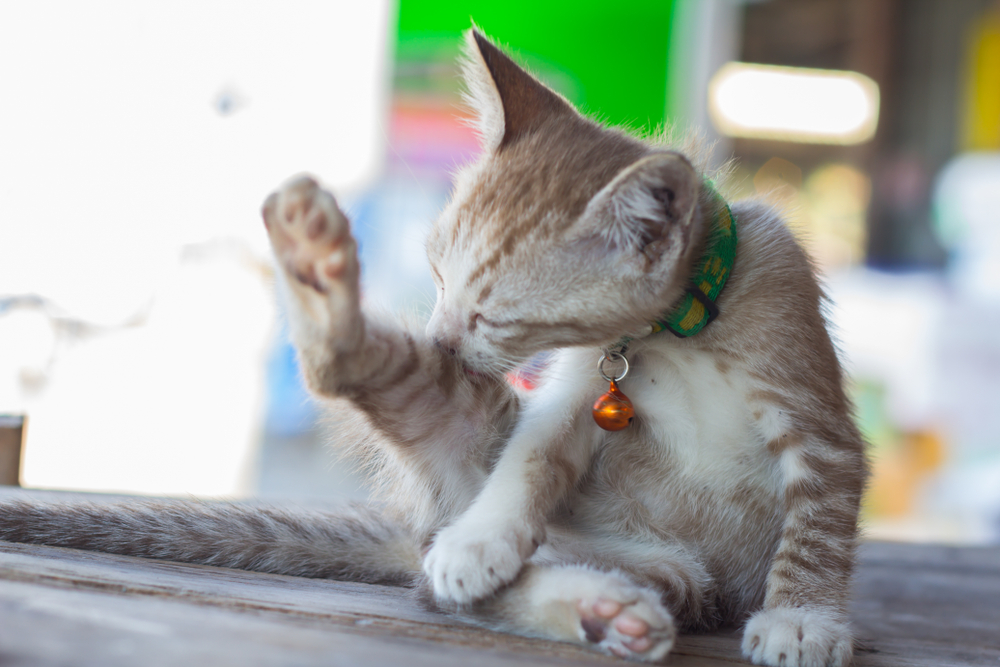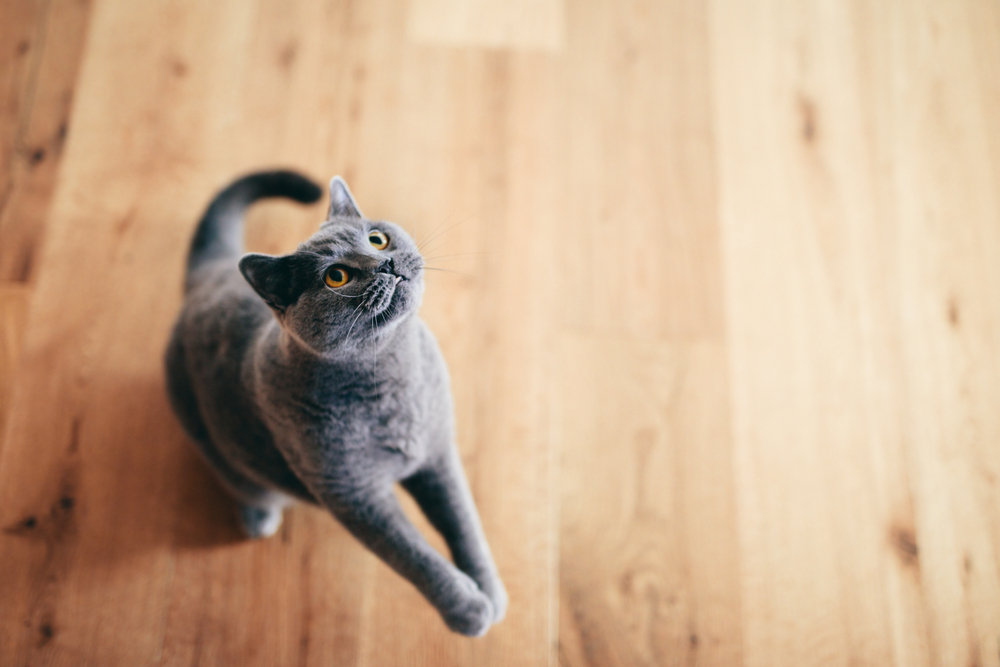Cat videos are an unending source of entertainment, because these fascinating creatures possess some impressive traits. While you may appreciate that your cat is unique, you may not realize how interesting they are. Our Marcy Veterinary Clinic team wants to help you understand your amazing cat by offering fun facts about your feline friend.
Fun facts about your cat’s sight
Your cat’s eyes are extremely expressive, but how do they see the world? Fun facts about your cat’s eyes include:
- Cats have good night vision — The retina, which is located at the back of the eye, contains cells called photoreceptors that help process light to generate an image in the brain. The most common types of photoreceptors are rods and cones—rods are responsible for vision at low light, and cones are responsible for bright light vision and color appreciation. Cats have more rods than cones, whereas humans have more cones than rods, meaning that cats see six to eight times better in the dark than humans.
- Cats are color blind — Humans have three types of cone photoreceptors, while cats have only two. This means cats see red and green as shades of grey. They can appreciate blue and yellow, but rely more on brightness than color to view their world.
- Cats have excellent peripheral vision — Cats have a wider vision field that allows them to detect moving objects and potential threats as they approach from the side. Cats can see 200 degrees, compared with humans, who see 180 degrees.
Fun facts about your cat’s hearing
Your cat’s ear position can tell you if they are interested or upset. If their ears are perked forward, they are intrigued, but beware if their ears are close to their head! Other fun facts about your cat’s ears include:
- Your cat’s ears can rotate — Cats have 32 muscles in each ear, allowing them to rotate their ears 180 degrees.
- Your cat can hear high frequencies — A human’s hearing range is about 9.3 octaves, whereas a cat’s range is about 10.5 octaves. Cats hear sounds about as low as humans, but they can hear much higher pitches.
- Your cat has precise hearing — Cats are able to distinguish between sounds as close as three inches apart.
Fun facts about your cat’s sense of smell
Cats are extremely sensitive to odors, and certain scents can be distressing. This is one reason why most cat experts recommend unscented litter. Other fun facts about your cat’s nose include:
- Your cat has a strong sense of smell — Cats have about 40 times more odor-sensitive cells than humans in their nose, which is their most important sense organ.
- Your cat receives messages through their nose — Cats produce scent from their cheeks, around their chin, between their toes, and along their tail. They rub or scratch on objects to leave a message for the next cat in the area.
- Your cat can taste scent — Cats have an organ in the roof of their mouth called the vomeronasal organ that they use to detect pheromones important for social, mating, and territorial information. If you notice your cat pulling back their lips and opening their mouth, they may be using this secondary sense of smell.
Fun facts about your cat’s taste buds
Taste is the cat’s weakest sense. Fun facts about your cat’s sense of taste include:
- Your cat doesn’t have many taste buds — Cats have only a few hundred taste buds compared with humans’ more than 9,000.
- Your cat can’t taste sweets — A cat’s sense of taste identifies and prefers fats and proteins, but doesn’t recognize sweets.
Fun facts about your cat’s whiskers
Cats have whiskers on their muzzle, above their eye, on their chin, and on the backs of their front legs. These appendages are more than long hairs. Fun facts about your cat’s whiskers include:
- Your cat’s whiskers are extremely sensitive — Whiskers are deeply embedded and supplied by many nerves and blood vessels, making them extremely sensitive. Sensory organs (i.e., proprioceptors) located at the keratin tip send messages to the cat’s brain about an object’s distance, direction, and surface texture.
- Your cat’s whiskers correspond to their body size — Your cat’s whiskers are proportionate to their body width, and can help them know if they can fit through narrow spaces.
- Your cat can experience whisker stress — Your cat’s whiskers are so sensitive that slight pressure can cause discomfort—the reason you should provide food and water bowls with a wide opening.
Fun facts about your cat’s grooming habits

Cats spend about 30% to 50% of their waking hours grooming themselves, making them pretty clean creatures. Other fun facts about your cat’s grooming habits include:
- Your cat can lick between their shoulder blades — Cats don’t have collarbones, so they can turn their head completely to lick between their shoulder blades.
- Your cat grooms to cool down — Cats have sweat glands only on their paws, and cannot effectively cool themselves by sweating. On a hot day, they rely on saliva evaporating from their coat to cool down.
- Your cat has barbs on their tongue — Cats have tiny barbs on their tongue called papillae. When a cat grooms, these papillae remove dirt from their coat and pull out loose hairs.
These fun facts should help you appreciate your feline friend even more. If your cat is exhibiting unusual behavior, contact our Marcy Veterinary Clinic team, so we can rule out an underlying health condition.








Leave A Comment